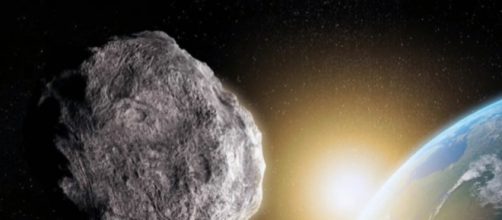A giant asteroid will fly precariously close to Earth mid-December. The object named 3200 Phaethon will come about 6.4 million miles from Earth and within about 2 million miles of Earth's orbit. This mysterious rock-comet is the parent body of this week’s Geminid meteor shower. It’ll brush closely past Earth on December 16, just a few nights after the Geminids’ peak.
3200 Phaethon is the largest asteroid ever
3200 Phaethon will be a fairly easy target for sky-watchers with small telescopes. The asteroid will make its closest approach at 6 p.m. ET on the 16th, appearing as a bright ball of light streaking along at a relatively fast clip.
This is the third-largest asteroid ever discovered at approximately five kilometers wide, with an orbit that brings it closer to the sun than any other named asteroid. NASA has labeled the asteroid, which comes closest to Earth every December due to its orbit, potentially hazardous because of its proximity.
While the close pass will likely create predictable talk of an apocalyptic collision on the corners of the internet dedicated to such things, rest assured that it will safely remain over 6 million miles away from us.
The 5.1km piece of rock has characteristics which are close to a comet. It exhibits cometary behavior as it approaches the Sun in its 1.43-year orbit around it. It sheds a huge amount of rocks and dust in its path and Earth happens to pass that path every year during December 4-16.
The discovery of 3200 Phaethon
Discovered on 11 October 1983, 3200 Phaethon has a highly eccentric orbit with a period of 523½ days that brings it closer to the Sun than any other named asteroid. Geminid meteors originate from particles shed by Phaethon and spread along its orbit. This rocky debris enters our planet’s atmosphere at speeds of around 35 kilometers (22 miles) per second.
As reported by TIME, Michael Mendillo, a professor of astronomy at Boston University, says that while “it would be this kind of object that would cause a catastrophic collision, should there be one,” that kind of collision is highly unlikely. “This object appears to be, at the moment, in a very stable orbit," he added.
"The 2017 apparition is the closest to Earth since the asteroid's discovery, so it may be possible for optical observers to detect new activity," NASA said. The space agency is planning radar observations and said it hopes to obtain detailed images as the object zooms by.


